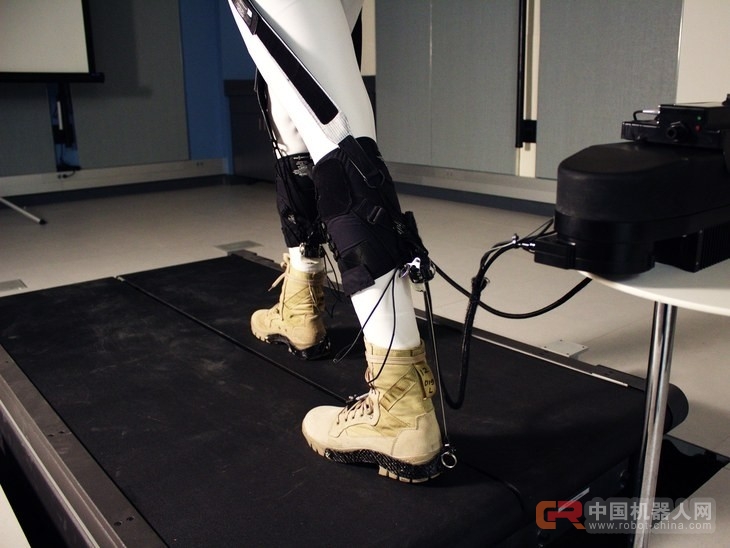
However, the new soft exoskeletons in the test can solve these two problems at one time, while reducing the user's 23% metabolic value while walking. (Convenient for diabetics). Human bipedalism is a step-by-step process. From a morphological point of view, every step we take is a pole-jumping action. Most of your muscles will exert force while walking and avoid falling. "When everything is working properly, this is a perfect system. However, if a person suffers from a disease such as Parkinson's, stroke or cerebral palsy, the walking pattern will become a pathological gait. Although it looks strange, This is also a way to complete the move in different ways,” said Brendan Quinlivan, a graduate student at the biological laboratory at Harvard University. For example, for stroke patients, many of them will suffer from sagging foot and it is difficult to move their toes. "In order to move on, they can only keep swinging their feet, but even then they can hardly go straight," Quiliniva said.

The goal of the robotics experts in the biodesign laboratory is to use the exoskeleton to provide maximum help to these people. Quinlivan said: "The movement of the ankle requires the power of potential muscle tissue." Physiologically speaking, the ankle is dorsiflexed when walking, but the paraplegic patient usually has weakness in the anterior chamber muscles. Therefore, the researchers in the laboratory hope to provide this force to the patient from the outside. They used a wire rope, special shoes, and a calf belt to connect the tester's heel and calf together. However, this kind of exertion is still an ankle, but the really efficient pace needs to mobilize the muscles and knee muscles at the whole body, and stabilize the leg movements through the buttocks. So, the researchers created a pelvic girdle and attached it to the ankle strap with a garter (two garters per leg). After completing the biological connection, the researchers installed sensors for the entire system, which can detect the peak consumption of the tester and provide the tester with swing assistance at the right moment. After the complete exoskeleton design was completed, all seven testers (healthy people) dressed neatly and began to be tested on a treadmill. Researchers focused on testing their metabolic rate with a four-level mechanical aid (providing 10% to 38% of ankle aid). The results showed that this system can reduce the metabolic rate of the tester by up to 23%. The two major problems of bulkiness and uncomfortable wearing are Harvard's exoskeleton. However, do not hesitate to applause. Although this product is easy to use, it has a lot of slots. First, if the drive motor and batteries are used, the weight of this soft exoskeleton will increase from 2.2 pounds to 17 pounds (about 7.7 kilograms), and the weight will become a heavy burden on users.

In addition to solving the problem of the weight of the entire exoskeleton, researchers are still looking for how the exoskeleton can help testers to reduce the metabolic rate, after all, the ankle swing aid can only slightly change the user's walking posture. "So, we cannot be sure whether the reduction in metabolic rate is due to a change in gait or the support of exoskeletal assistance," said Sangjun Lee of the Biological Design Laboratory. Once they have come up with solutions to these problems, the exoskeleton of the soft body can glow and heat in many areas. "The project's R&D funding comes from the US Department of Defense Advanced Research Projects Agency (DARPA)," Quinlivan said. “In the future, they can help soldiers easily load 50-100 miles (80-160 km).” In addition, manual laborers such as firefighters and factory workers can also benefit from this.
110cc ATV Quad,ATV Quads,CE ATV
Bode Industrial Co., Ltd. , http://www.zjatvquad.com
没有评论:
发表评论